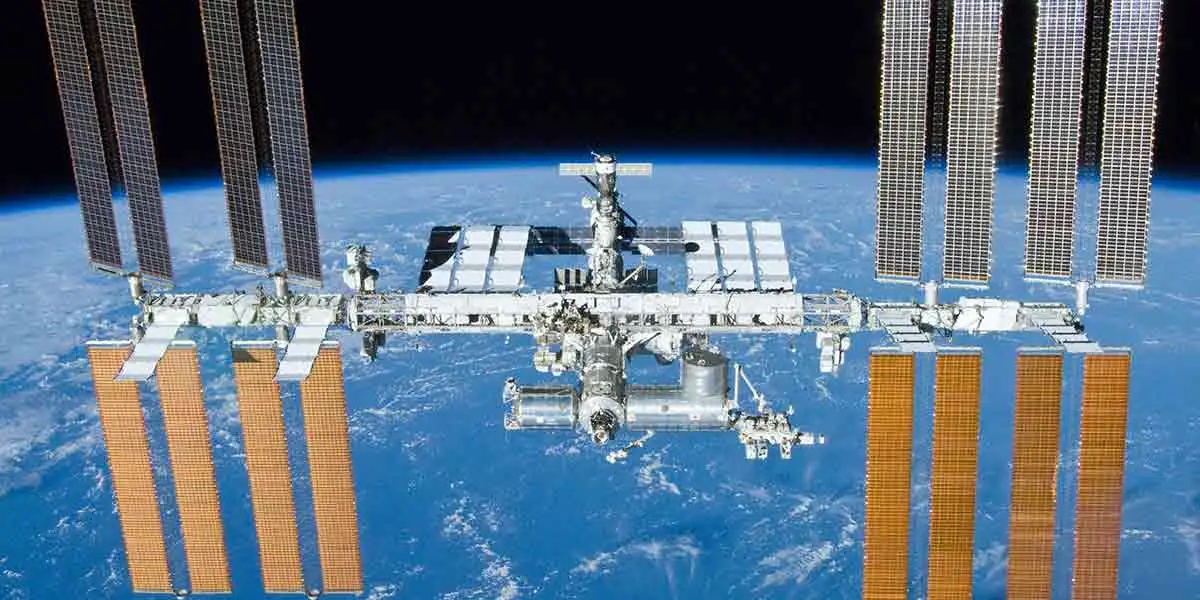
Mar 7, 2016
Blog Life Sciences The Human Body After A Year-Long Extraterrestrial Voyage
American astronauts Scott and Mark Kelly are identical twins. A space mission that ended for Scott on March 1st may have resulted in some new differences between the brothers. Formerly the same height, Scott returned from space two inches taller than his twin. While Mark remained earthbound, Scott spent 340 days aboard the International Space Station—the longest length of time any US astronaut has stayed in space.
A main goal of the groundbreaking mission is to study how well humans can endure a long-duration spaceflight—in mind, body, and spirit. In a statement, the White House said, "Kelly's year in space would provide critical data to researchers trying to understand how to keep astronauts healthy during long space voyages and fulfill the President's vision of putting American astronauts on Mars in the 2030s."
In preparation for these future expeditions to Mars, NASA’s One-Year Mission is collecting data on the physical and psychological effects of living in space for an extended period. The set of investigations designed for the One-Year Mission (which began in March 2015) focuses specifically on the cognitive and psychological effects of long durations in space and the attendant isolation, fatigue, altered light–dark cycles, and microgravity.
While in space, Scott participated in hundreds of studies. But the research doesn’t end with his return from orbit. Now that he’s home, Scott is embarking on what may also be a year-long project to monitor his health. As reported by CNBC, the National Space Biomedical Research Institute and NASA will be on the lookout for the following.
And, yes, Scott is indeed taller. But his new stature is only temporary. Scott will return to his preflight height within a short period of time back on Earth.
THE TWINS STUDY
Making the above research even more exciting, Scott has a unique asset to offer NASA’s doctors: his identical twin. Although he is now a retired astronaut, Mark Kelly volunteered to take part in NASA's Twins Study with his brother. NASA wants to see how the identical twins measure up after nearly a year spent in two very different environments: Scott in space and Mark on Earth. Because their genetics are practically identical, the brothers are offering scientists an unprecedented opportunity to understand the many different effects that space travel can have on the human body. Comparing the twins will help researchers spot any genetic changes that might have occurred in Scott while he was in space.
With Mark essentially a control subject, the Twins Study consists of ten different experiments from several research institutions, together examining how life in space affects human health. Several of the studies have ordered samples from both 52-year-old brothers, including blood, urine, feces, cheek cells, and saliva. One study looks at how the immune system responds to flu vaccines given at different points in time. Other research examines the telomeres that sit at the ends of strands of DNA, in search of signs of aging and stress. There is even a psychological study that examines a phenomenon known as "space fog," a lack of alertness that has been reported by multiple astronauts. Scientists will continue to monitor both brothers to look for any long-term effects of a year in orbit.
During the mission, Scott did have contact with other human beings, including Russian cosmonaut, Mikhail Kornienko, who shared his entire journey, as well as 13 others from various countries who lived on the Space Station over the course of the past year. During his journey (which orbited the Earth 5,440 times), Scott shared with earthlings his pictures of breathtaking views and high-tech equipment. Even in a highly controlled environment, Scott regularly posted on social media so that others could follow his experience in real time.
Kudos to Scott for his bravery and willingness to serve as a “Pre-Martian.” Hopefully his contribution will help make space travel safe for future generations.
In today’s fast-paced biomedical world, researchers and pharmaceutical companies...

Radiopharmaceuticals represent a cutting-edge frontier in modern medicine, offer...

Implantable Remote Patient Monitoring (IRPM) devices are revolutionizing healthc...

We are your trusted research partner, providing actionable insights and custom consulting across life sciences, advanced materials, and technology. Allow BCC Research to nurture your smartest business decisions today, tomorrow, and beyond.
Contact UsBCC Research provides objective, unbiased measurement and assessment of market opportunities with detailed market research reports. Our experienced industry analysts assess growth opportunities, market sizing, technologies, applications, supply chains and companies with the singular goal of helping you make informed business decisions, free of noise and hype.